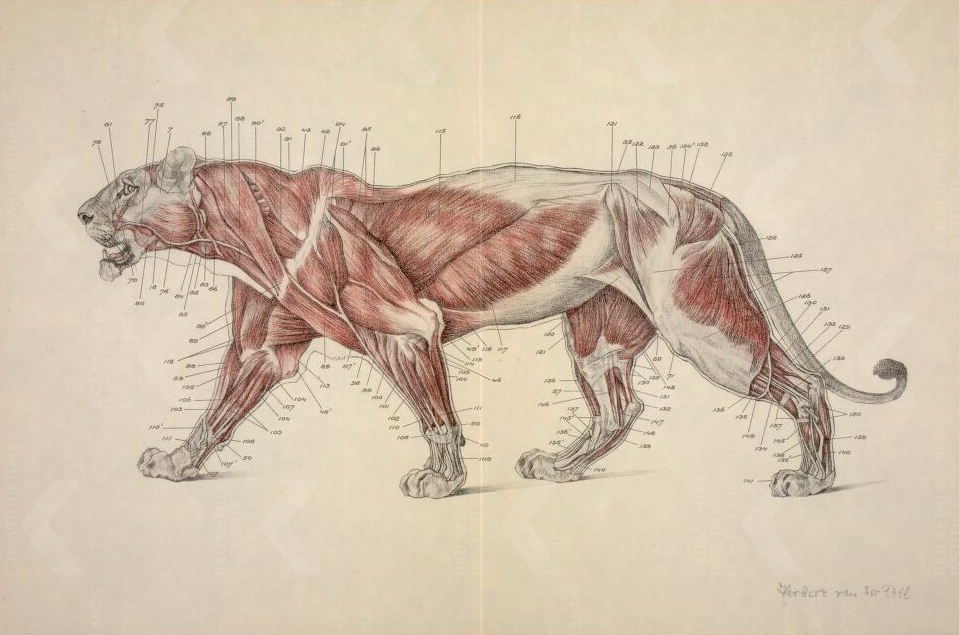CHAPTER 3 | DRAWING FROM PICTURES
In this chapter I would like to give you some tips for drawing animals from pictures.
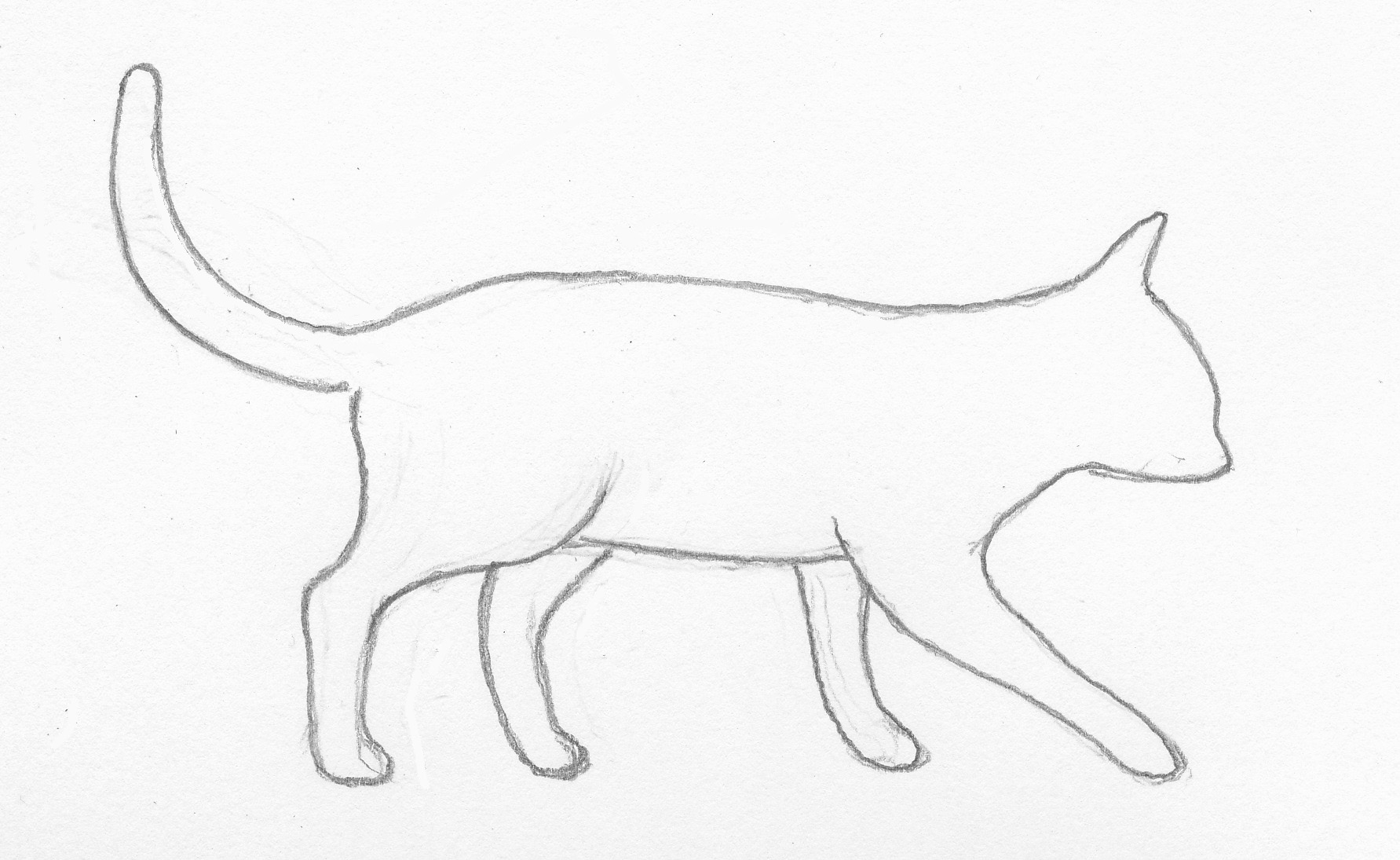
Exercise 1: First try to draw the cat, then draw/make up something it touches with its right paw.
THE BROKEN DRAWING STYLE
You may have noticed in exercise 1 that it can be difficult to draw an animal with nice curves straight away. A helpful tool is the broken drawing style: you first draw the shape of the animal in loose/broken lines. Only then do you turn it into a smooth outline. Note that where muscles are located, the outline is never concave (this also applies to the human figure). The broken drawing style was already used in the Renaissance (ca. 1350-1600).
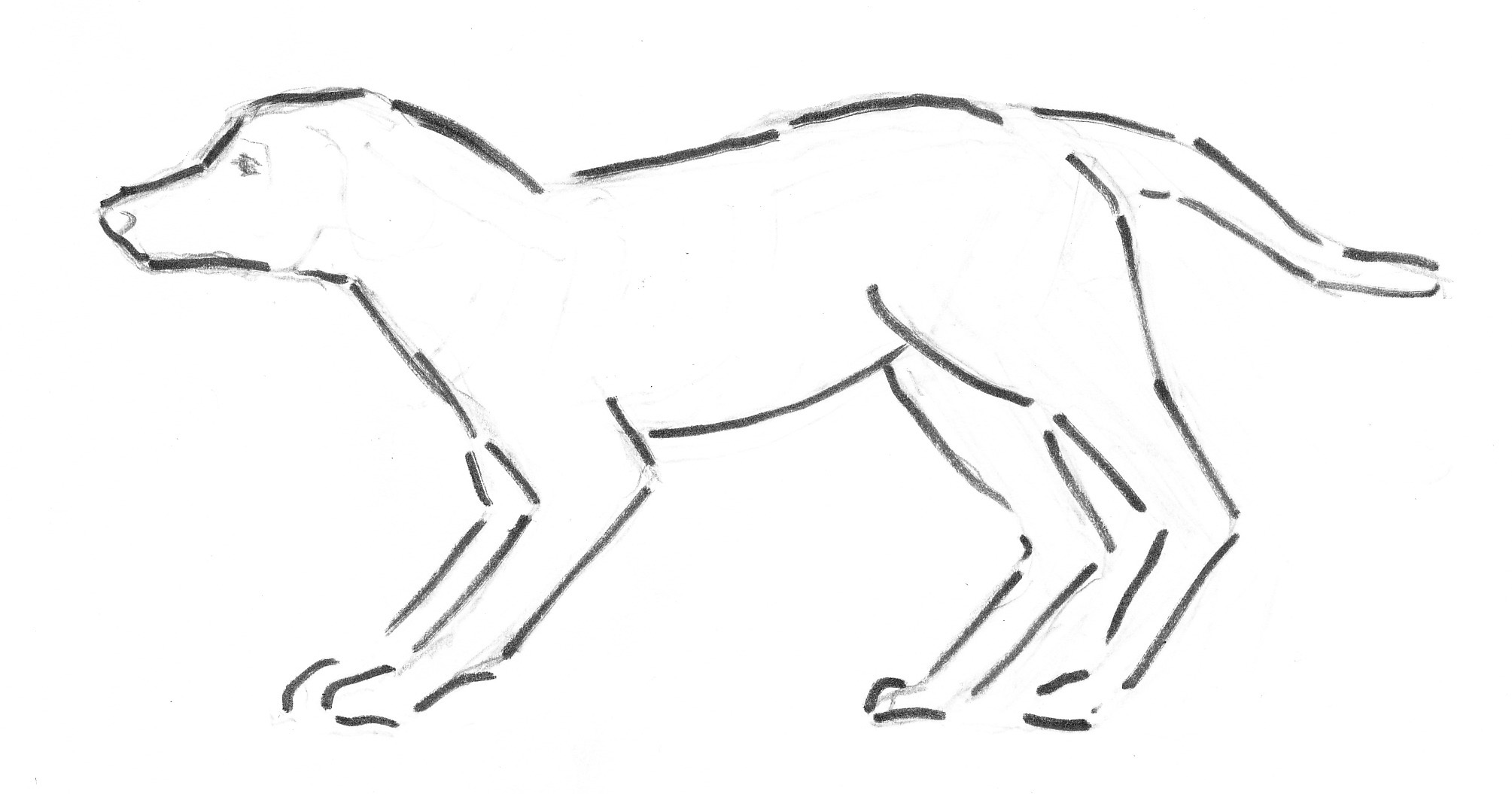
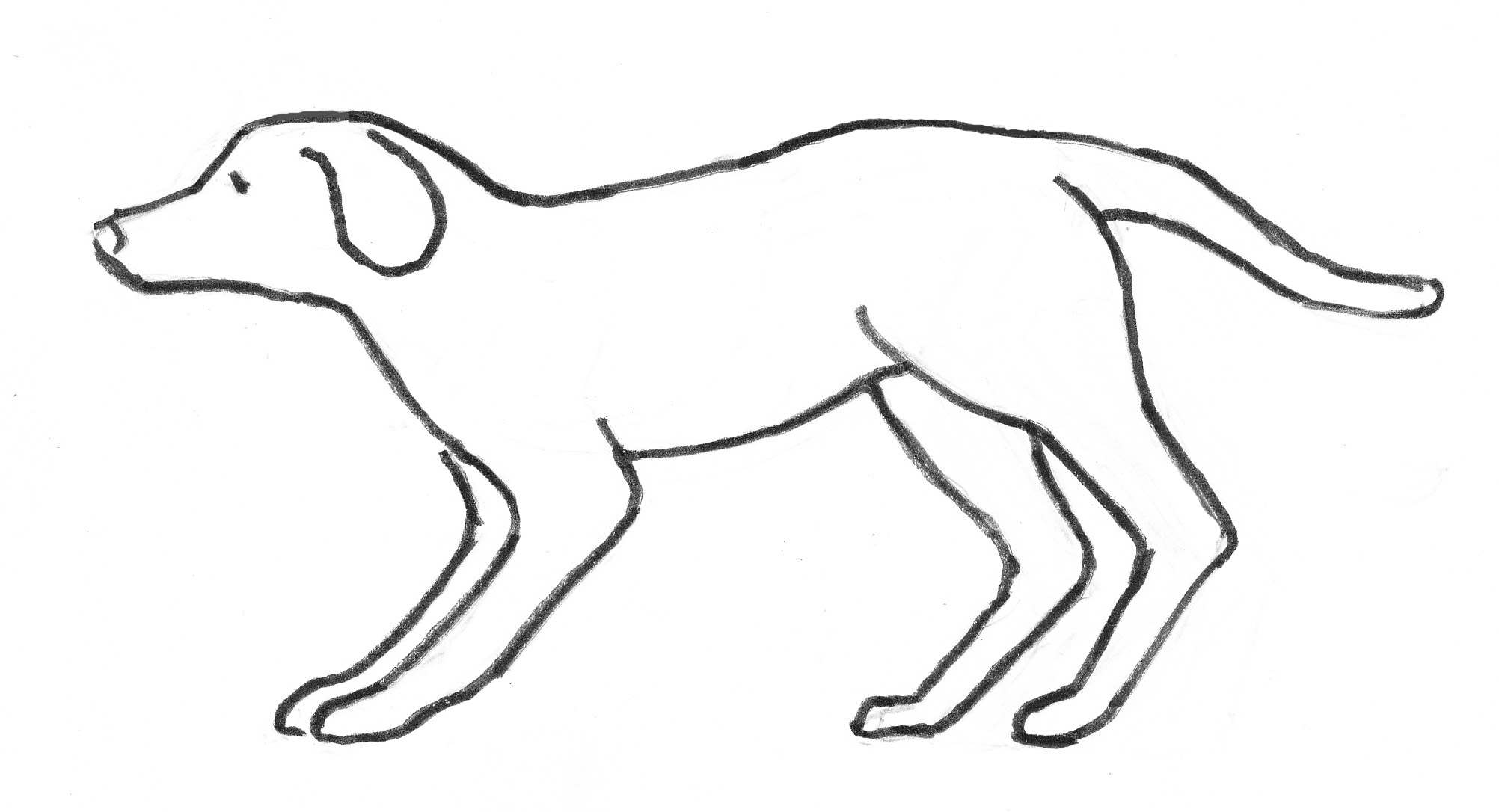
Also in the sketch of a panther by the Dutch artist Breitner (1857-1923) you can see several places where he used the broken drawing style.
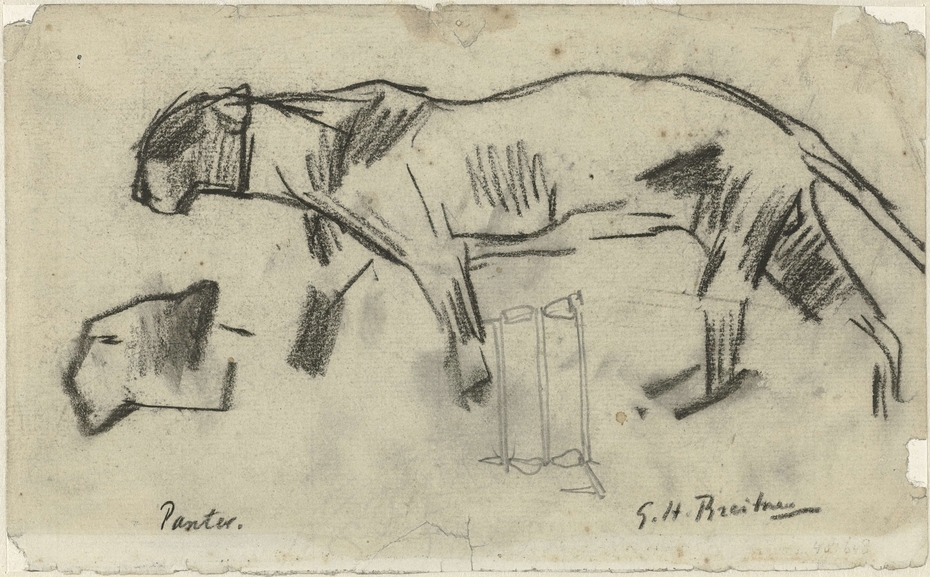
Exercise 2: Draw an animal of your choice from an image/photo using the broken drawing style.
USING ASSISTING LINES
With a few assisting lines for the most important directions or proportions, you are less likely to make mistakes in a posture. Basic shapes such as a triangle, circle, oval and rectangle can also serve as a guide. I chose animals from the side to avoid complicated perspective foreshortenings.
Exercise 3: Draw one or more of the following examples with the use of assisting lines.
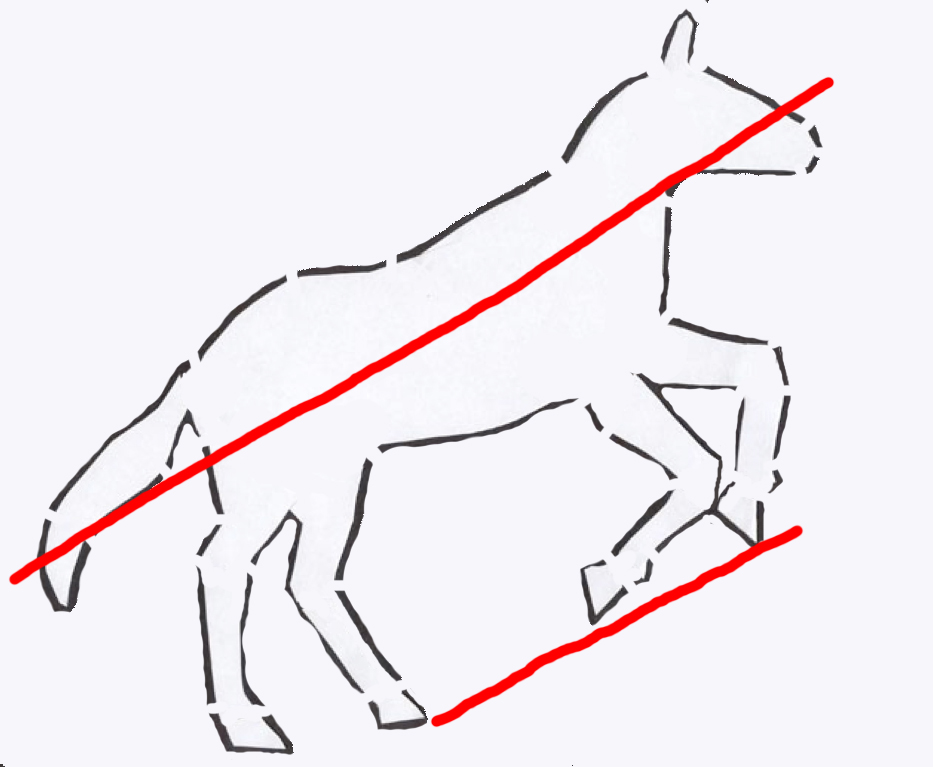
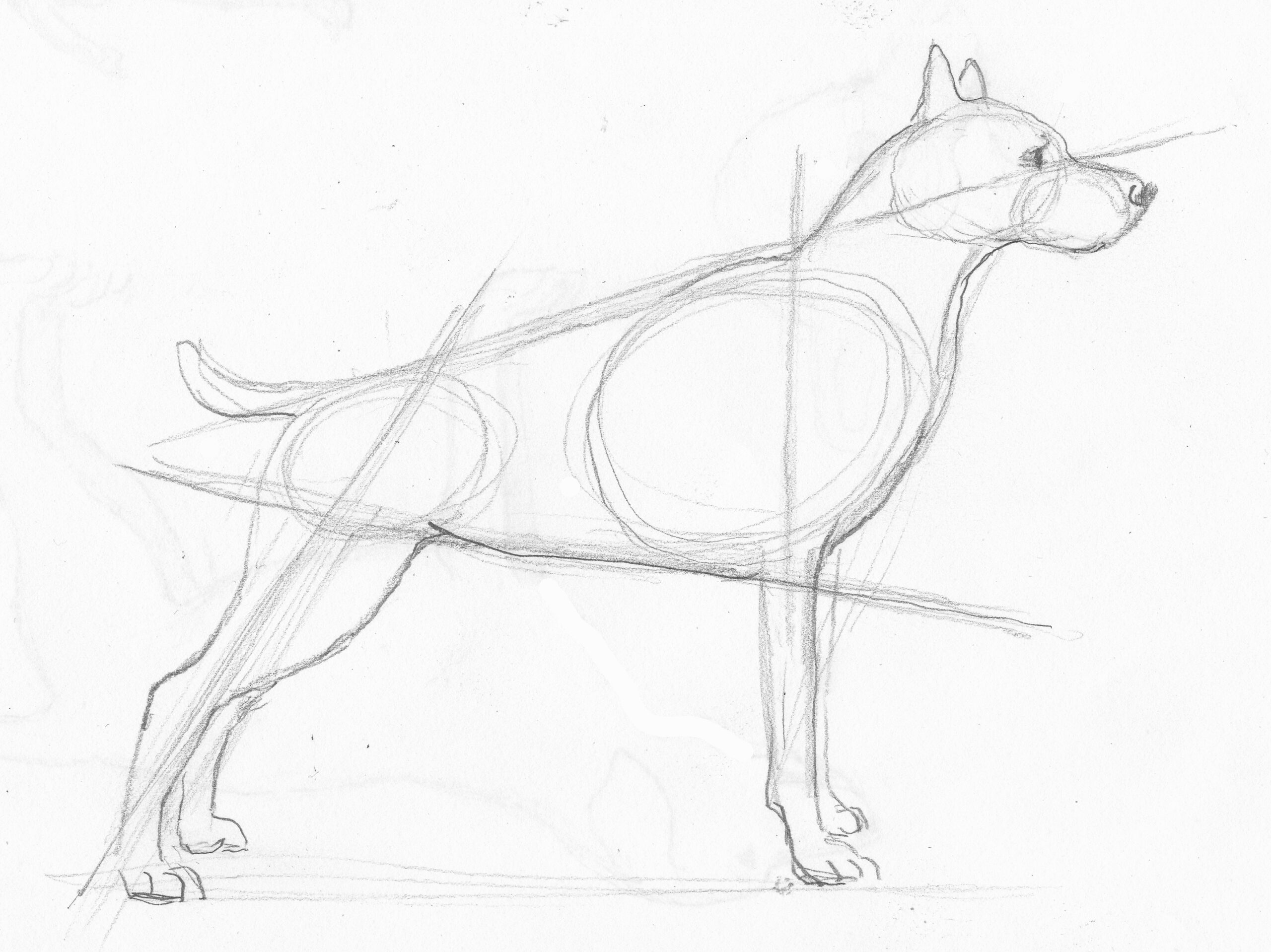
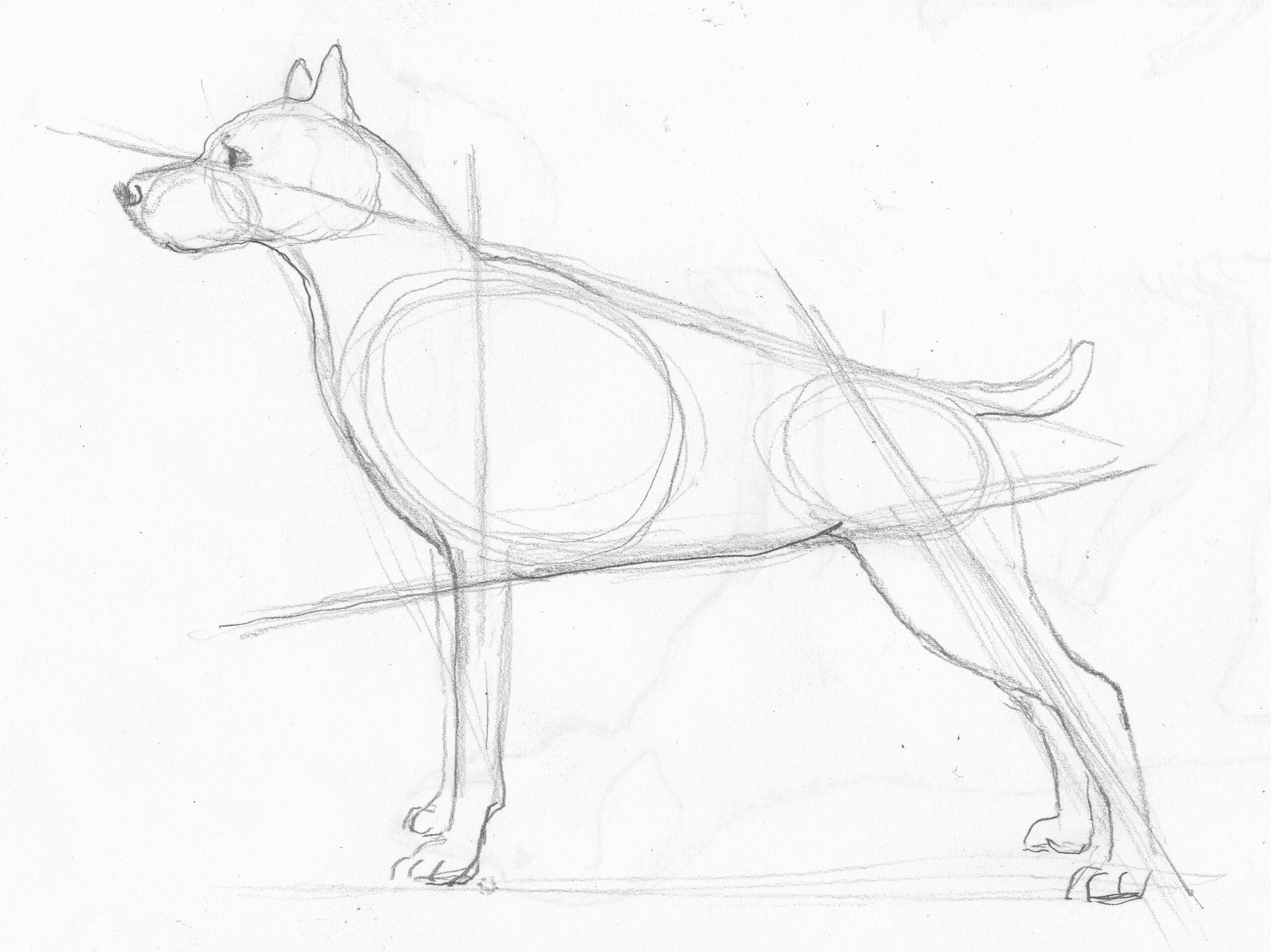


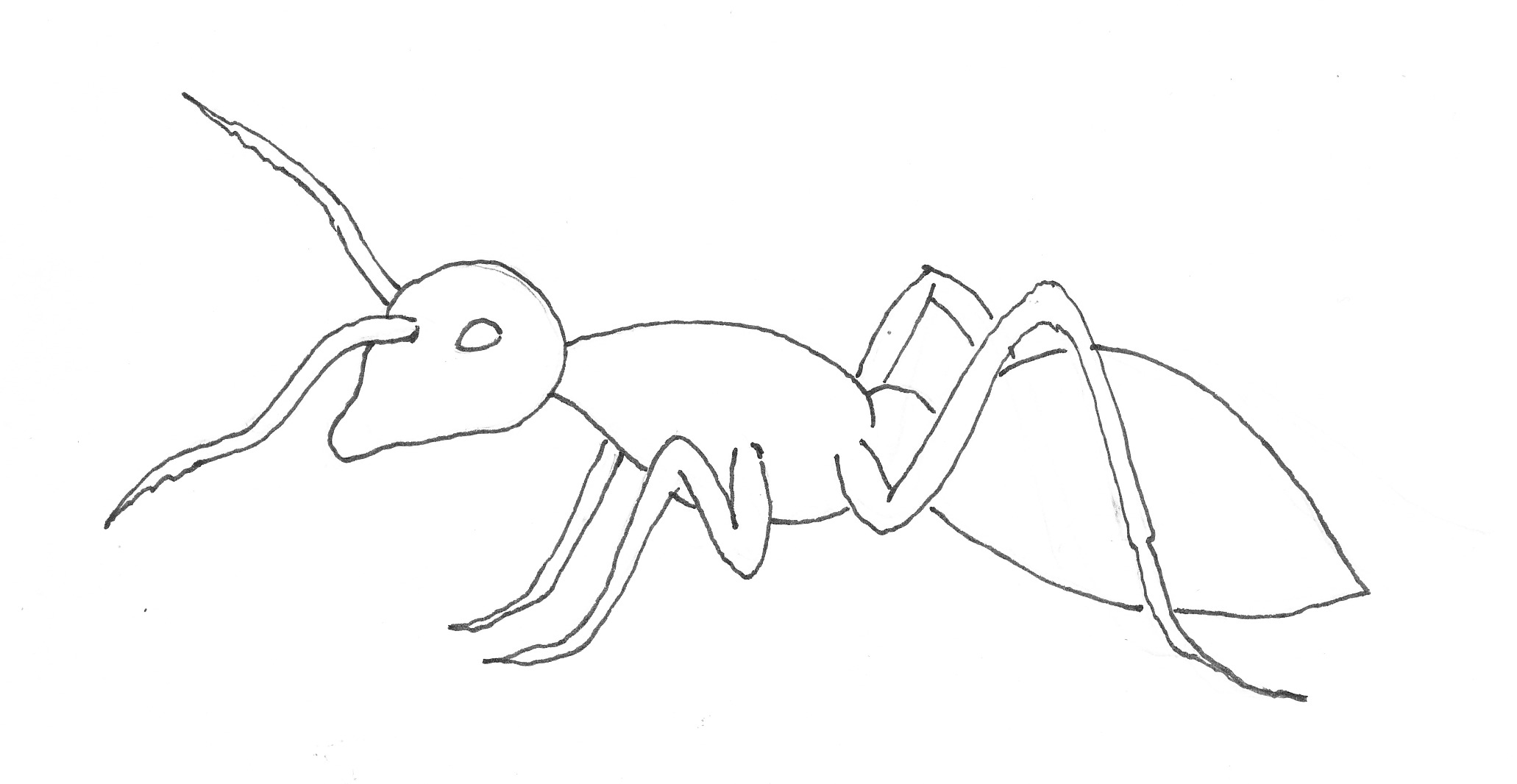
Example of a working method:For Thumper from the cartoon Bambi, I drew a circle as the basic shape and an assisting line from the left leg to the head. Initially, I used a broken drawing style and only later added the curves and details. Thumper was originally drawn by Bill Justice (1914-2011).
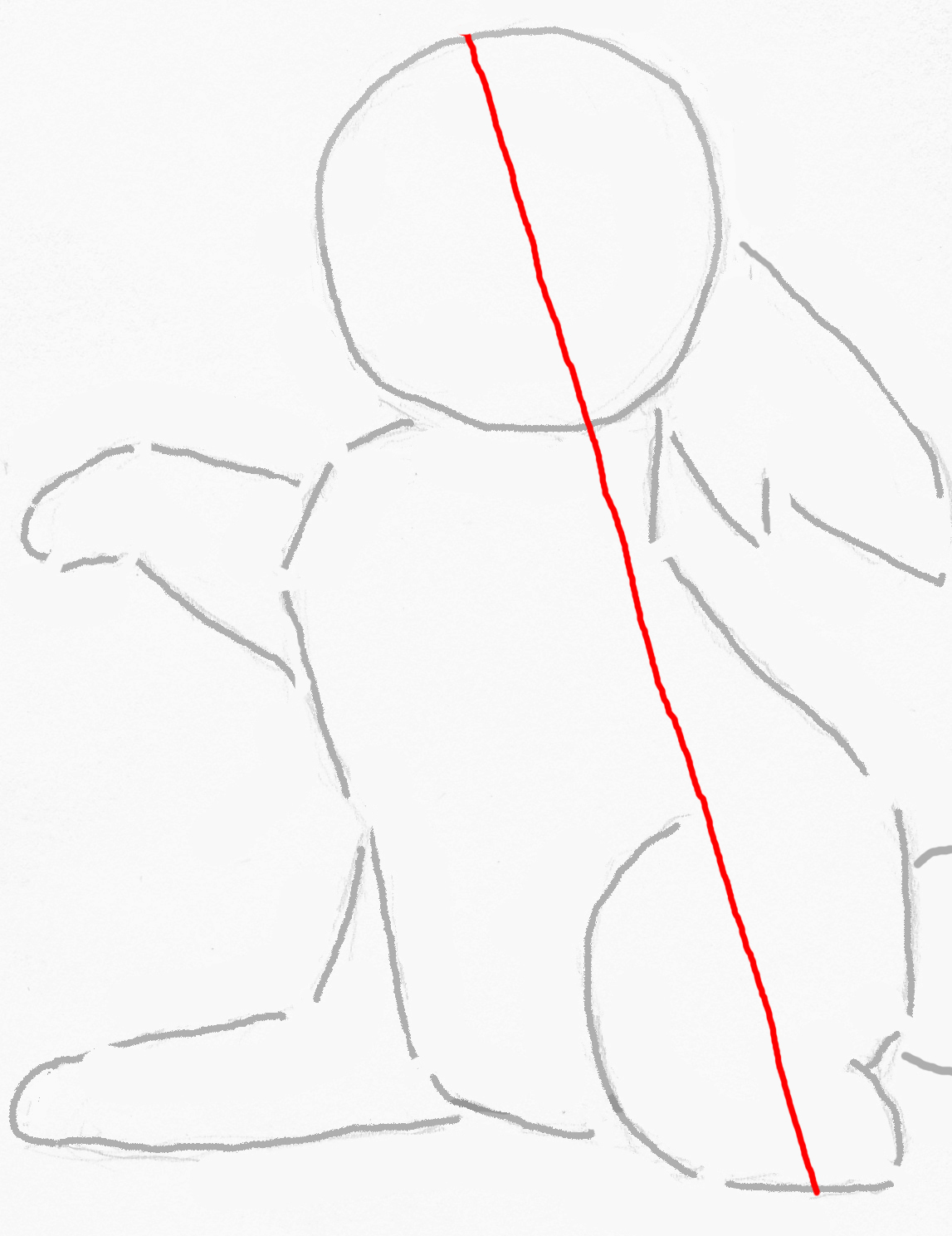

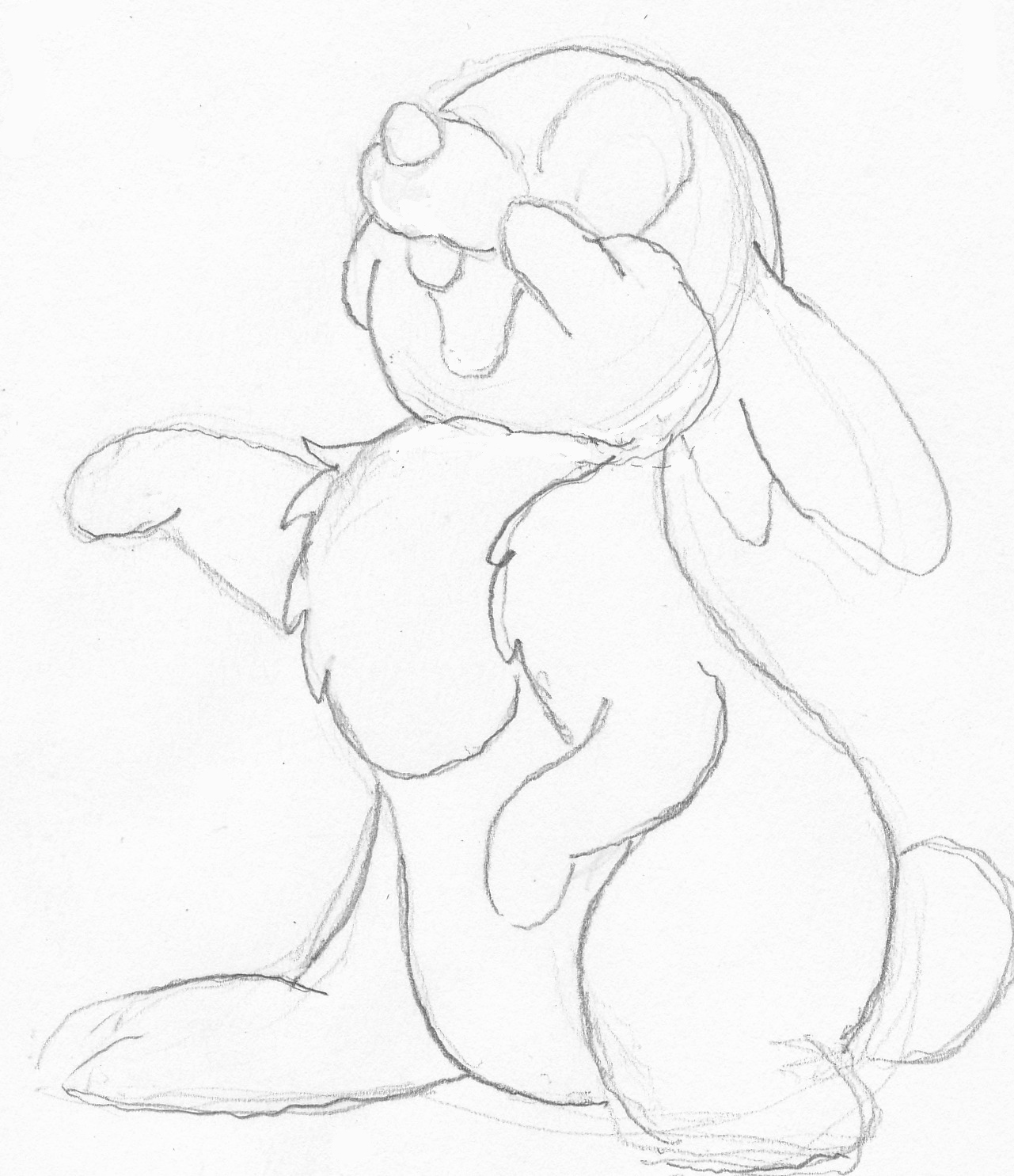
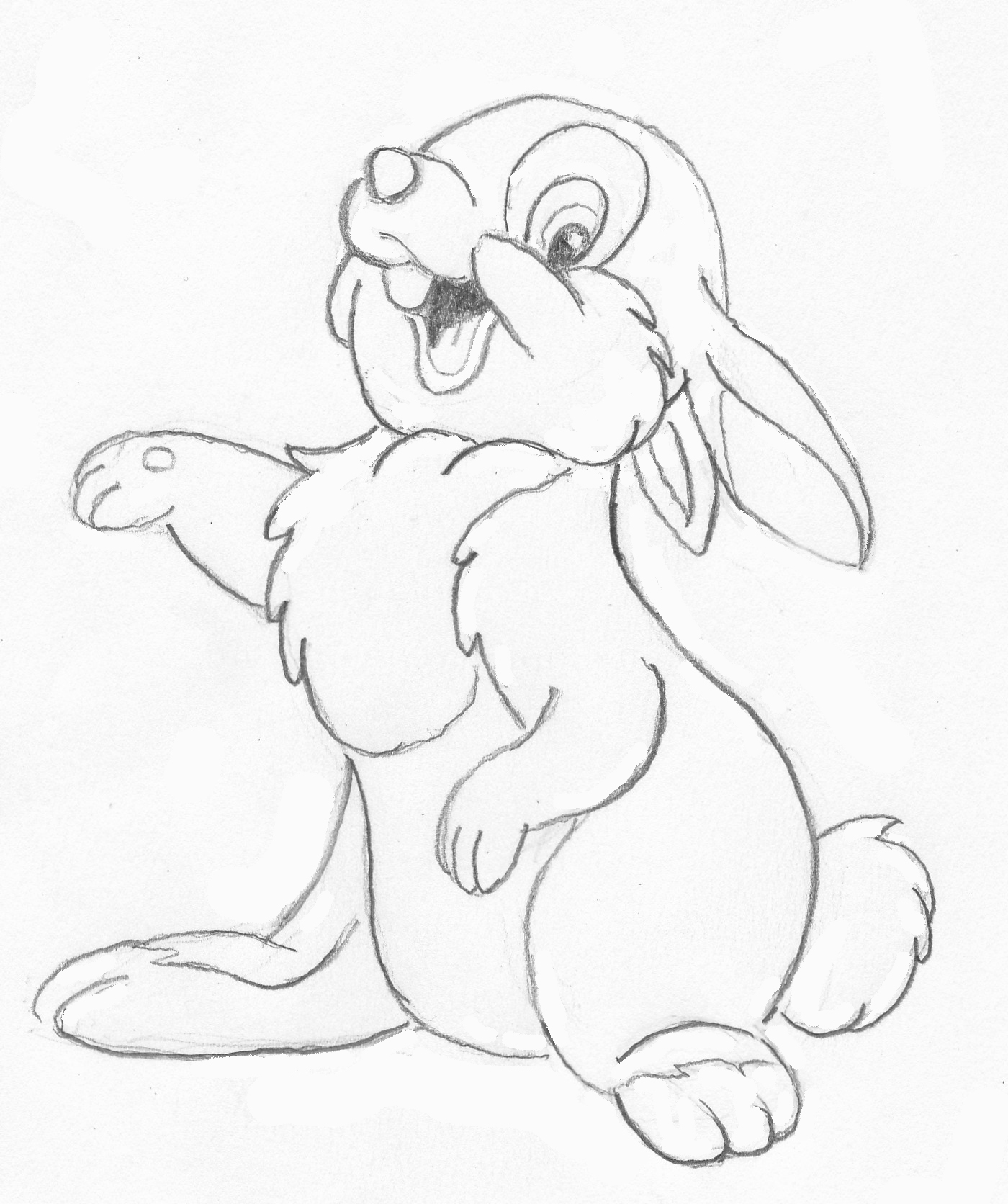
Often the names of the original artists of animals from famous cartoons do not receive much publicity. For example, the Chinese-American cartoonist Tyrus Wong (1910-2016) is the artist of Bambi in the Walt Disney film of the same name. His first sketches (left) are a bit rougher than the final drawings for the film (right) (both here drawn after Tyrus Wong).

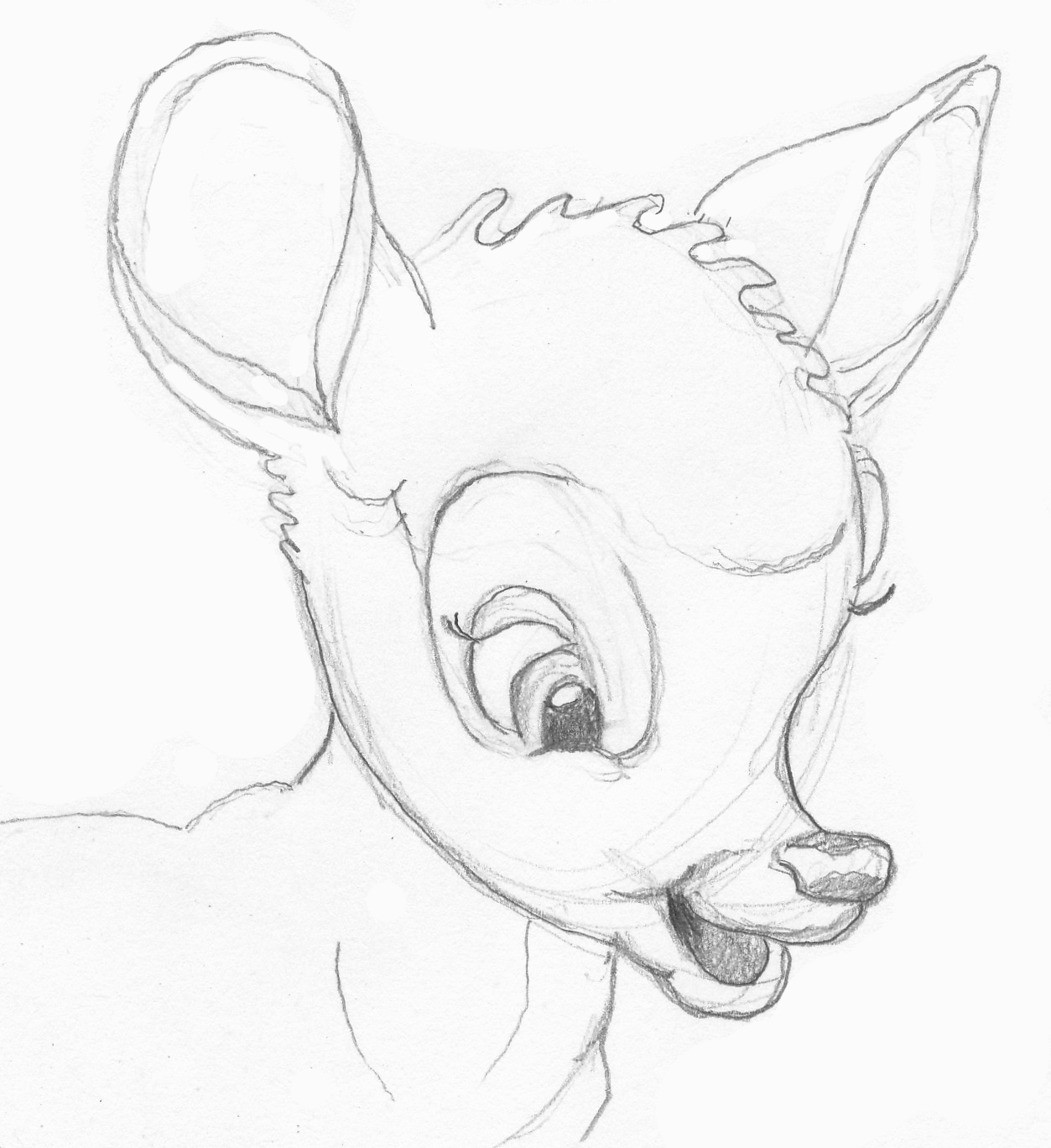
EXTRA: draw a favorite animal from a (comic) book, cartoon, game or animation film.
ANATOMICAL STUDIES
The shape of an animal, just like a human being, is determined by its skeleton and muscles. You can see this best in anatomical drawings. They can be real masterpieces, usually intended as study material. This skeleton drawing of a dog was made by the Dutch architect/painter Christiaan Kramm (1797-1875). You can print this picture and try to create outlines of the dog around the skeleton.

In a book about feline predators, the dutch artist Herbert van der Poll (1877-1963) drew beautiful pictures like the skeleton drawing of a lion from the side. Pay attention to the thin outline of the lion. It shows the connection between the skeleton and the shape of the lion. Dead and stuffed animals were used for these types of highly detailed drawings.
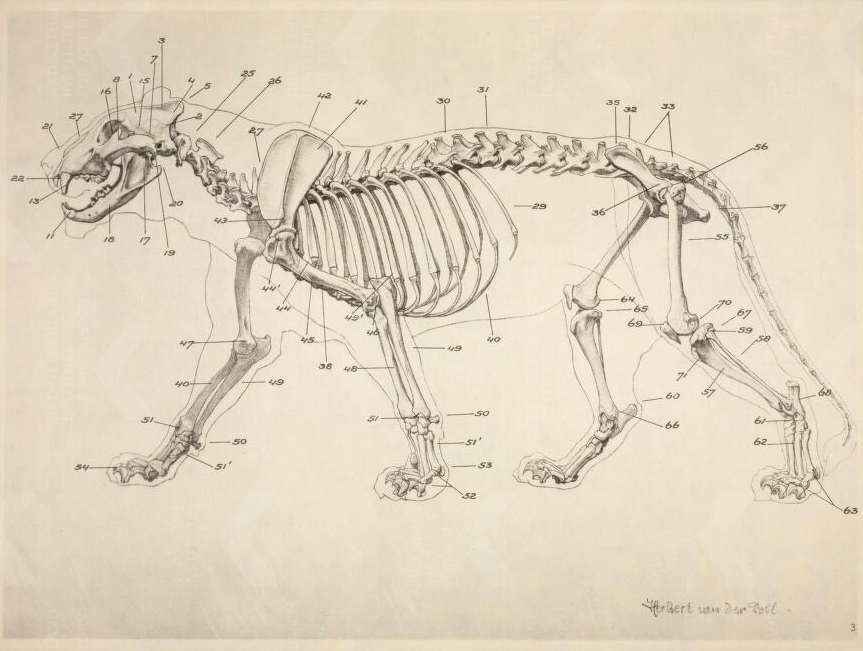
The last drawing with the muscles is extremely complicated. In the text of the book, all bones and muscles are numbered and named! In this way, it is also study material for biologists and veterinarians.
